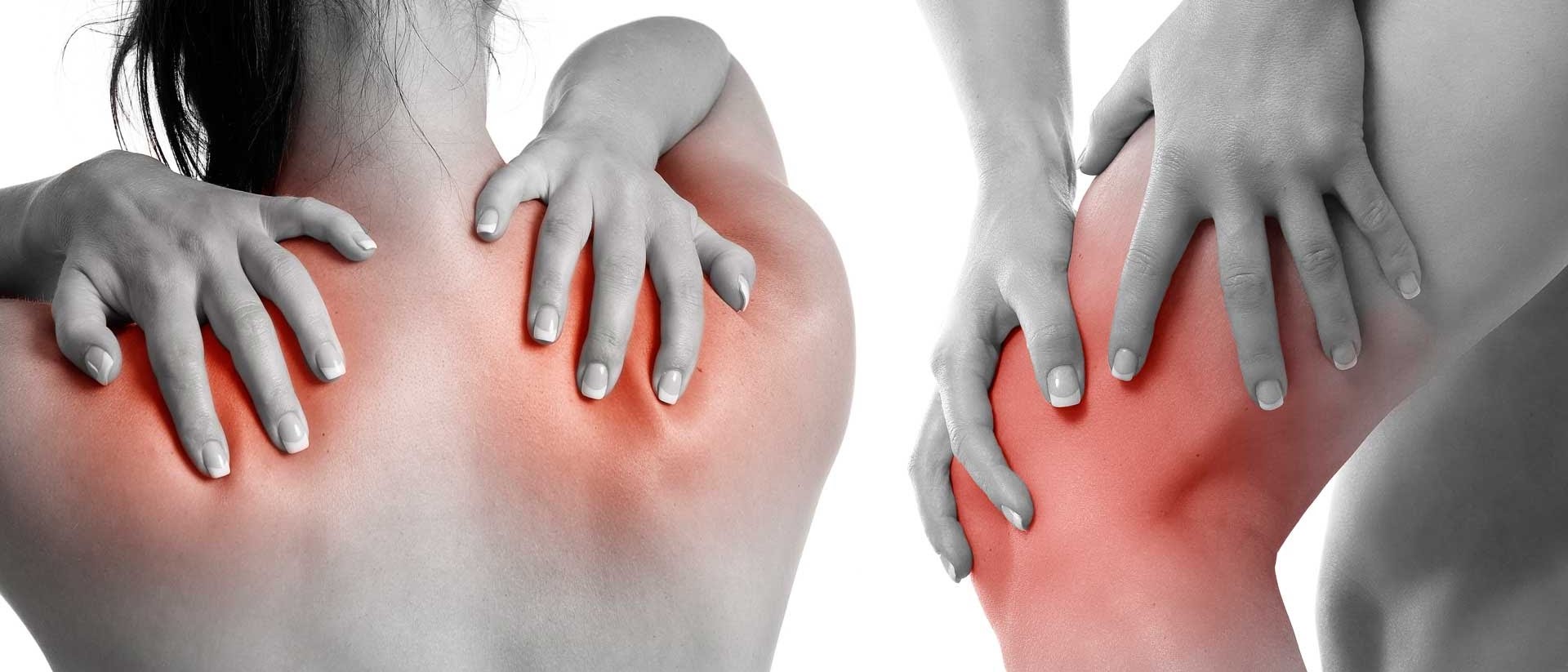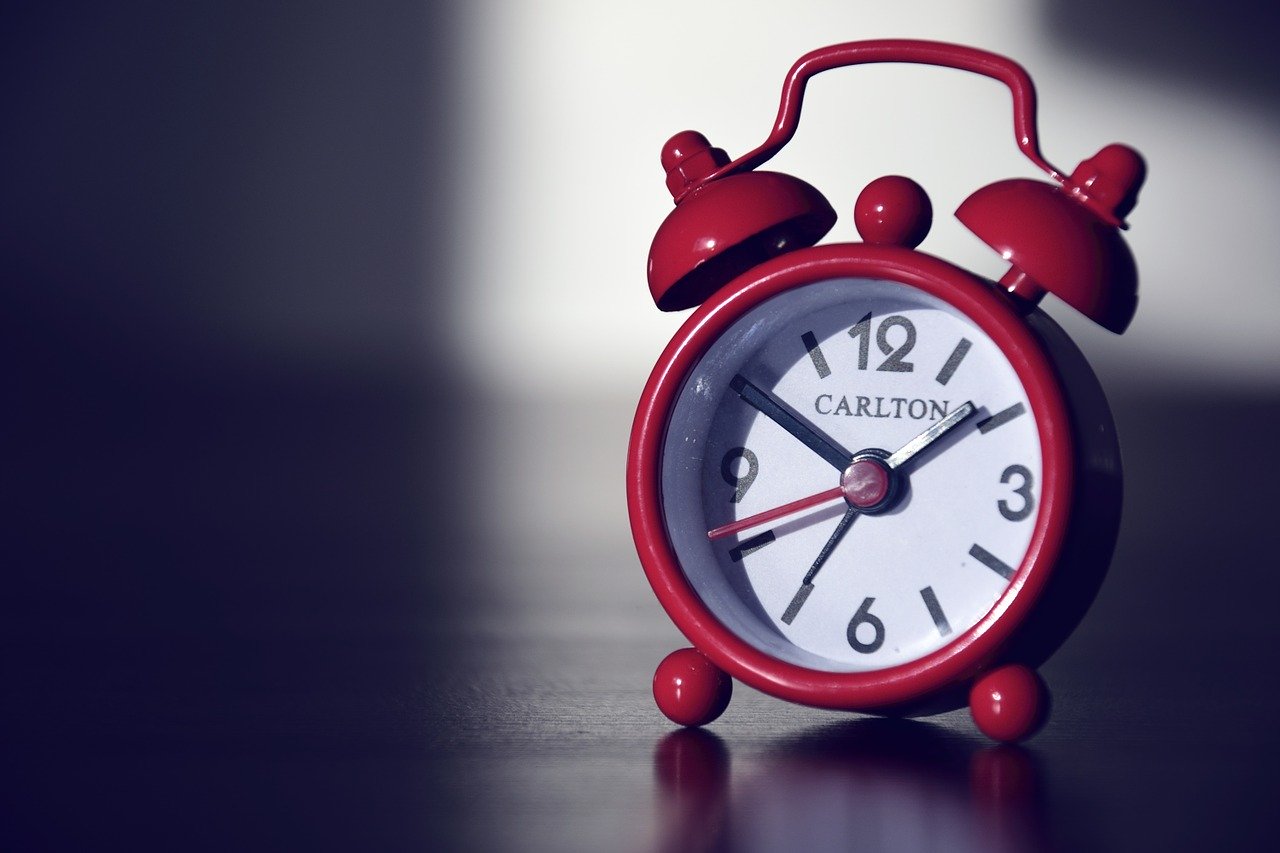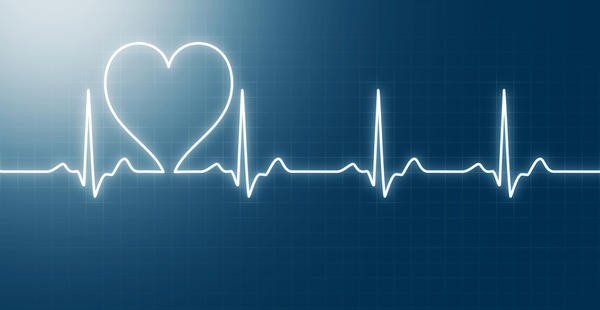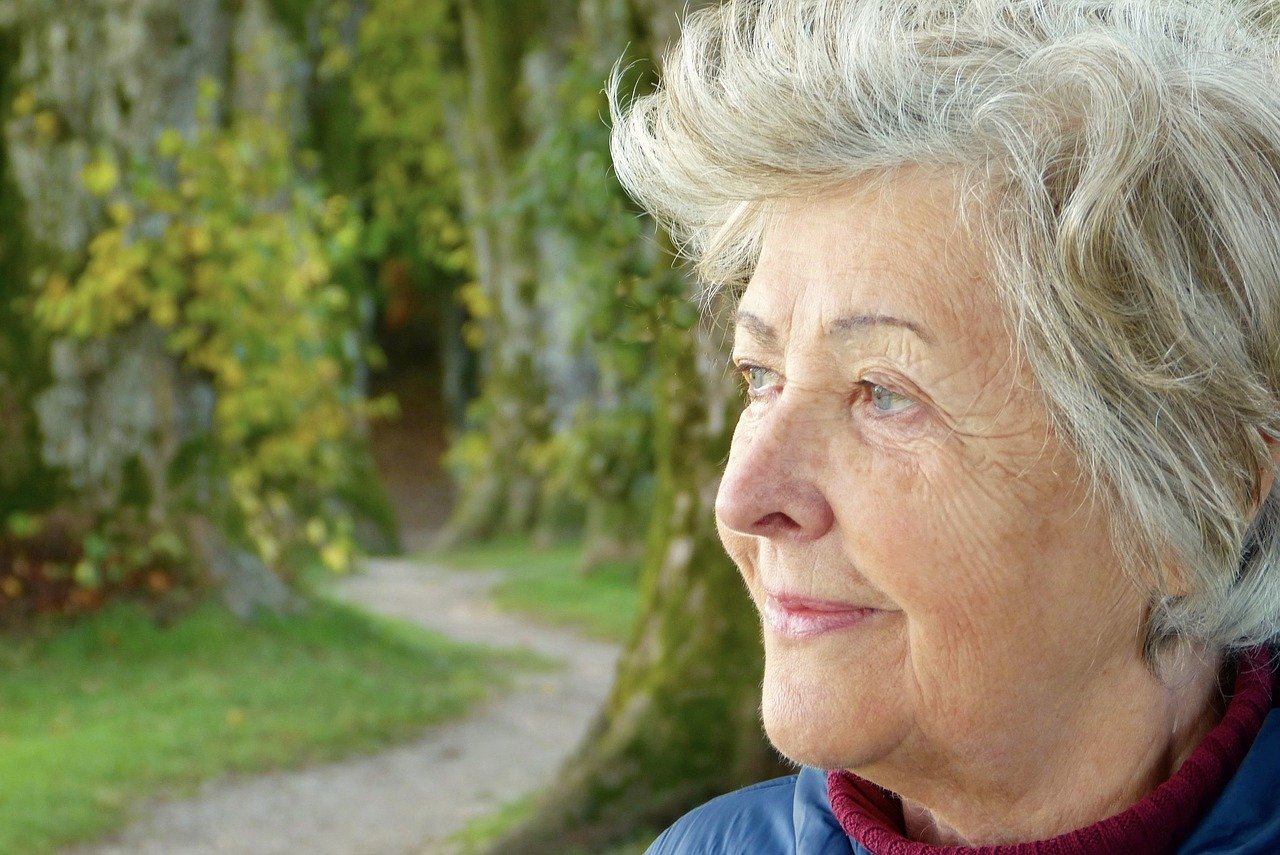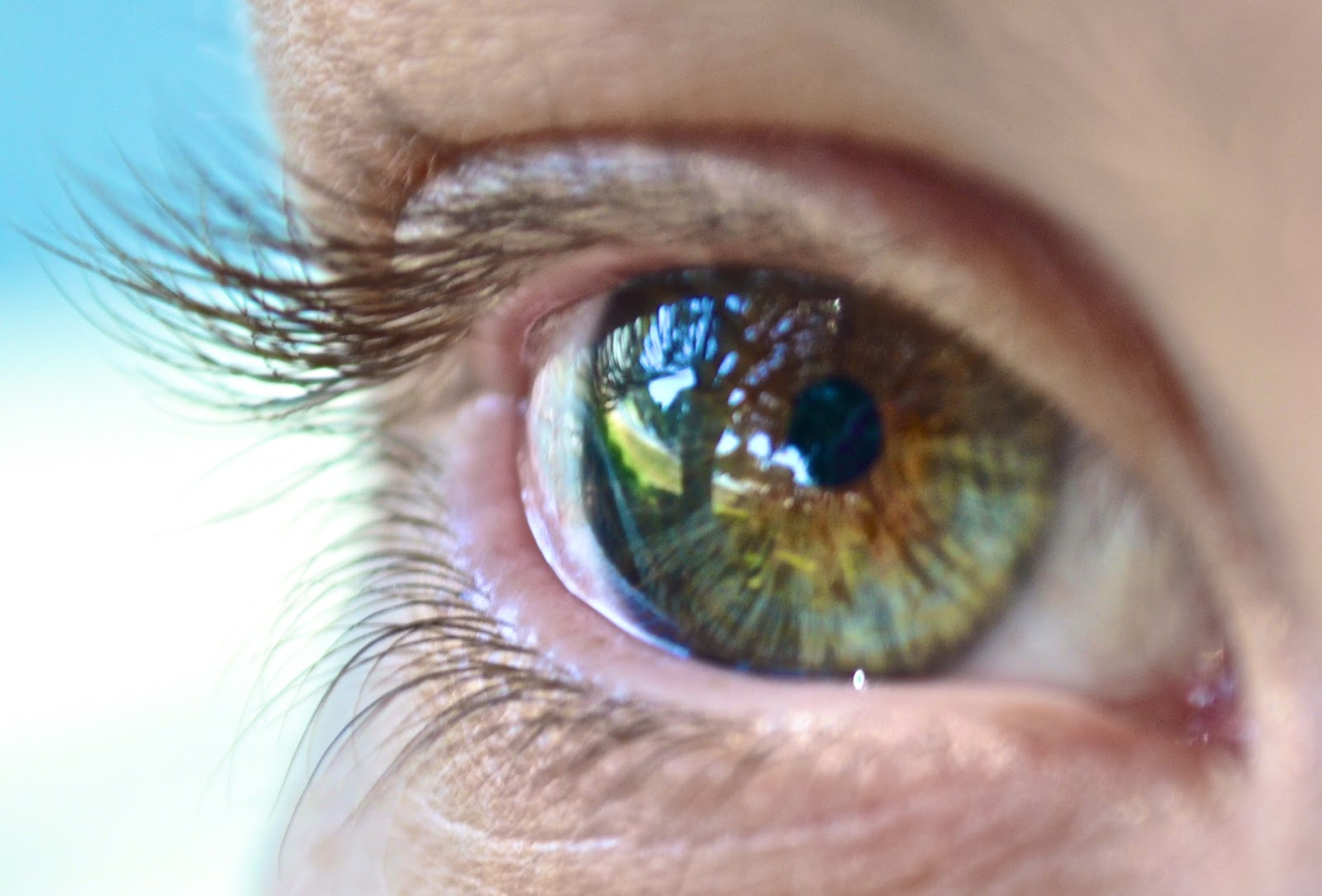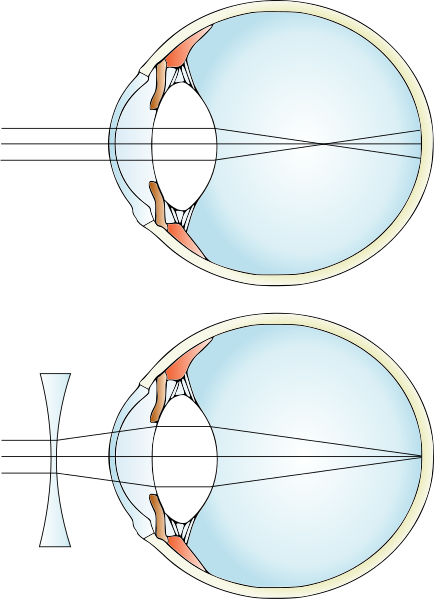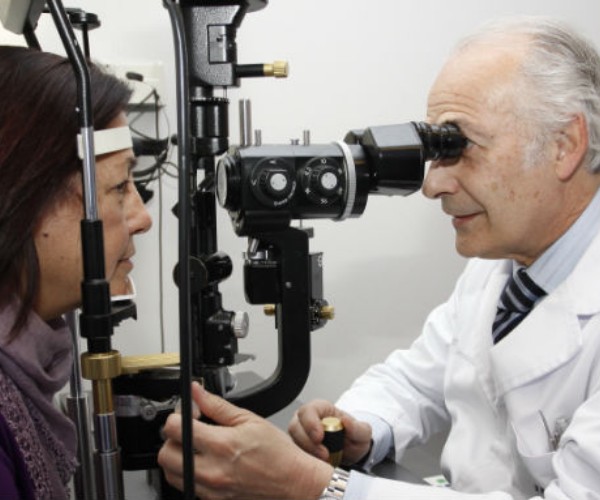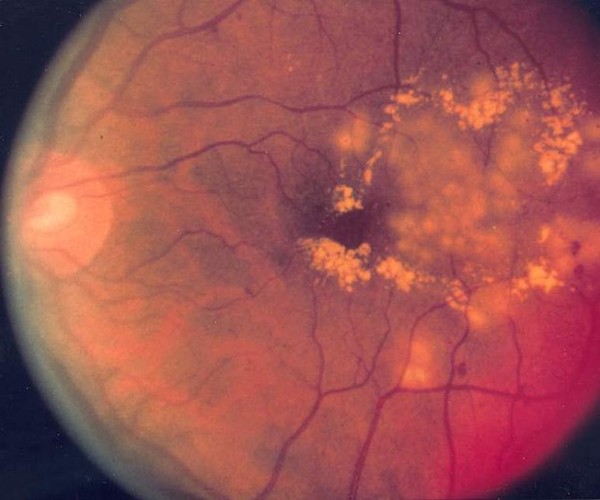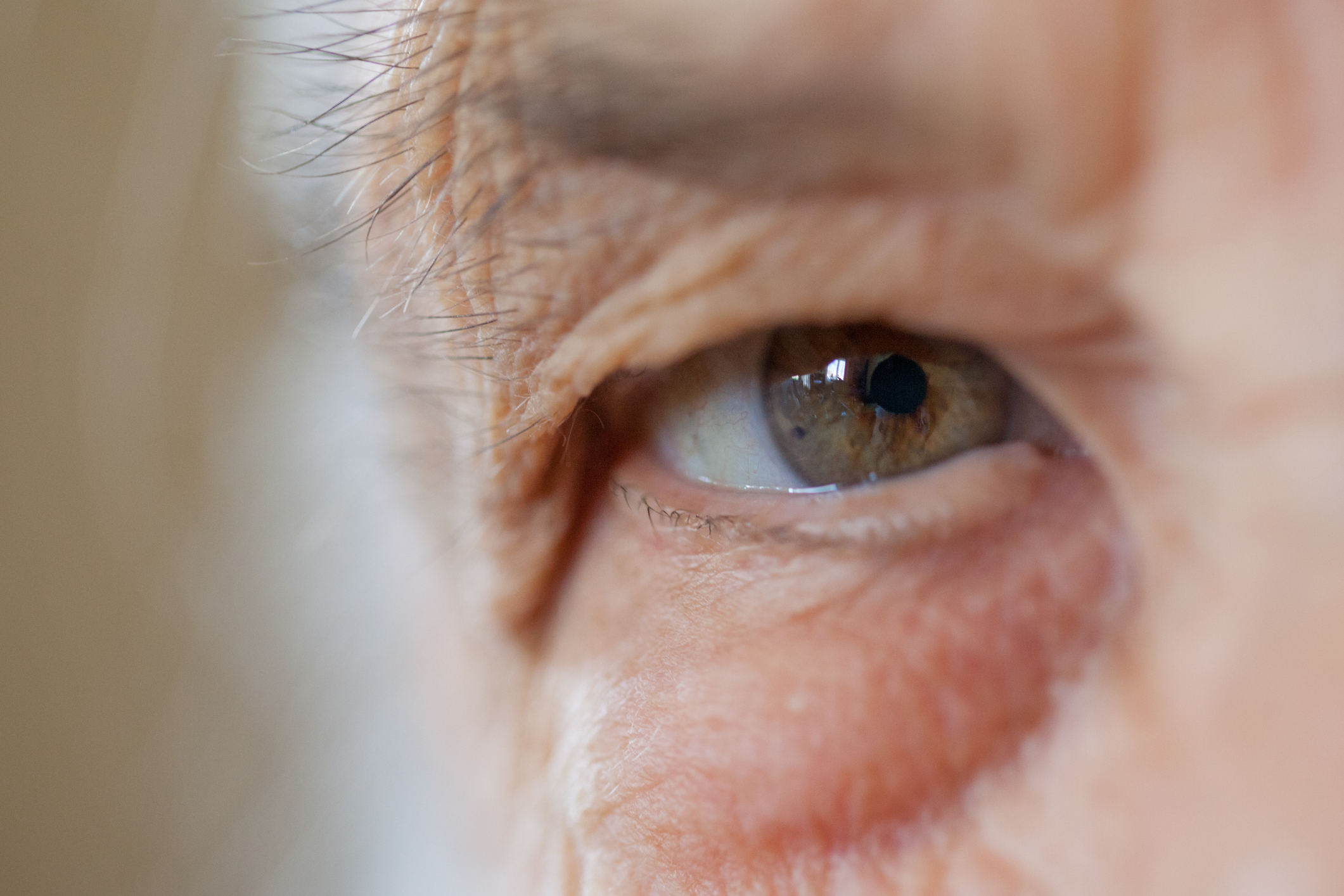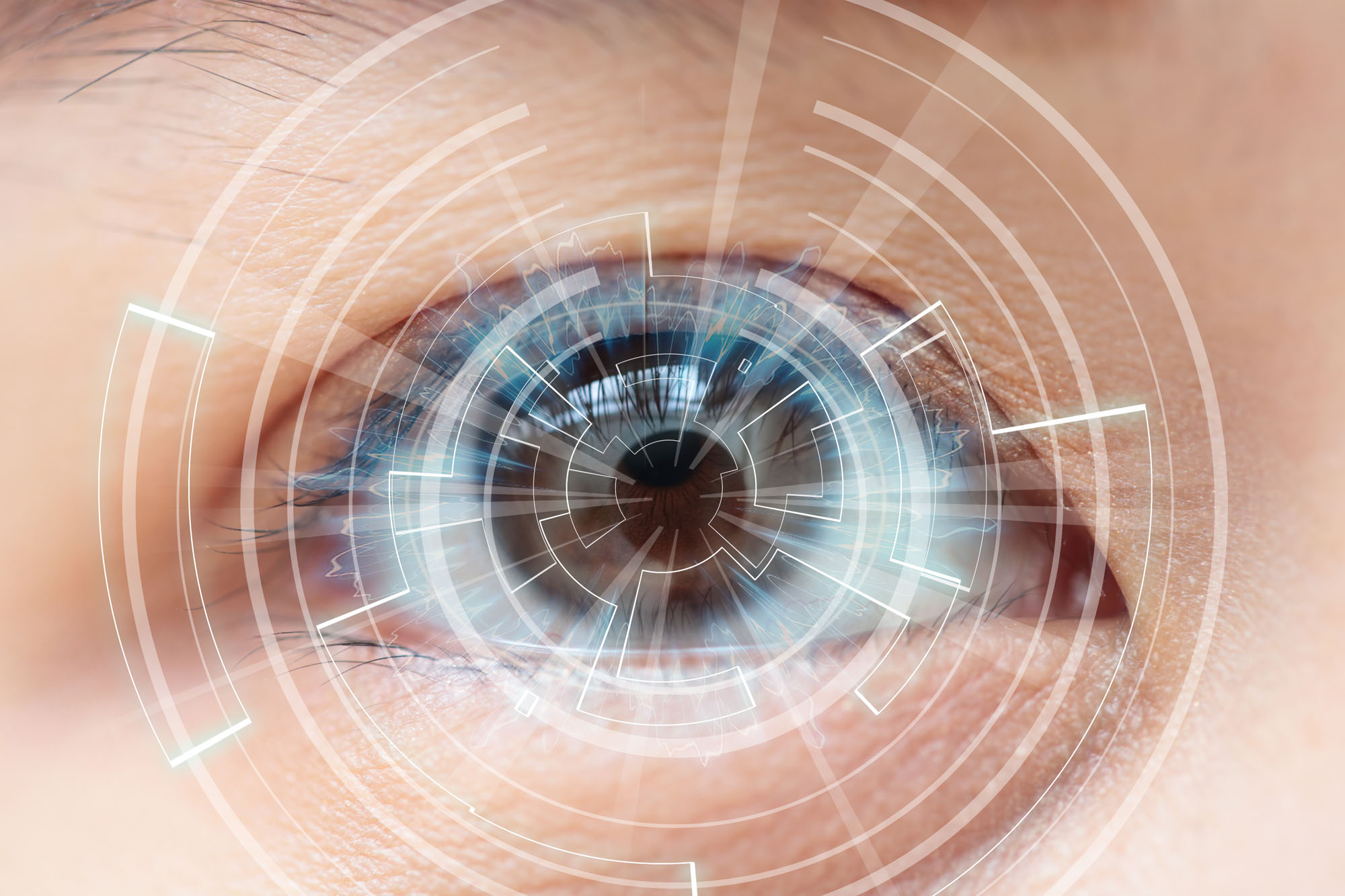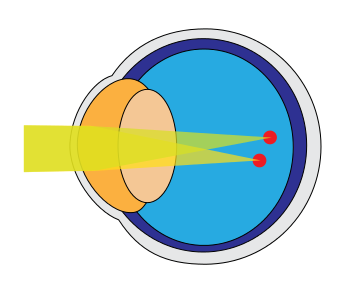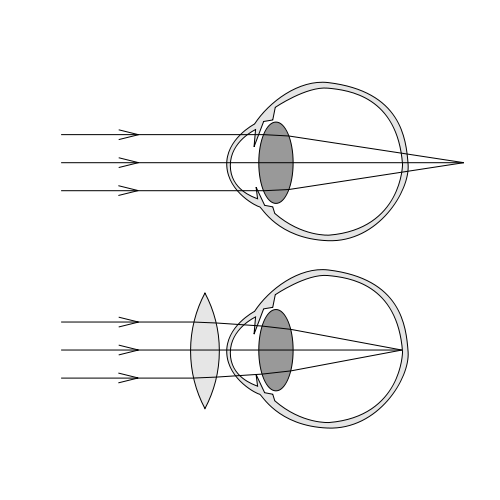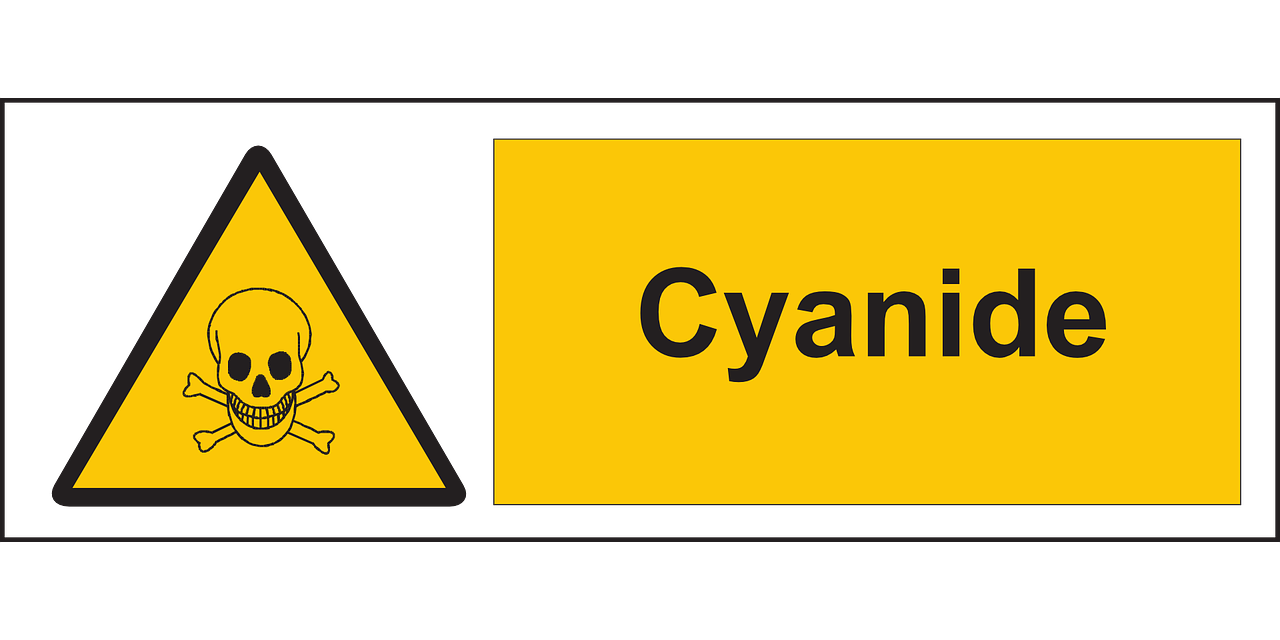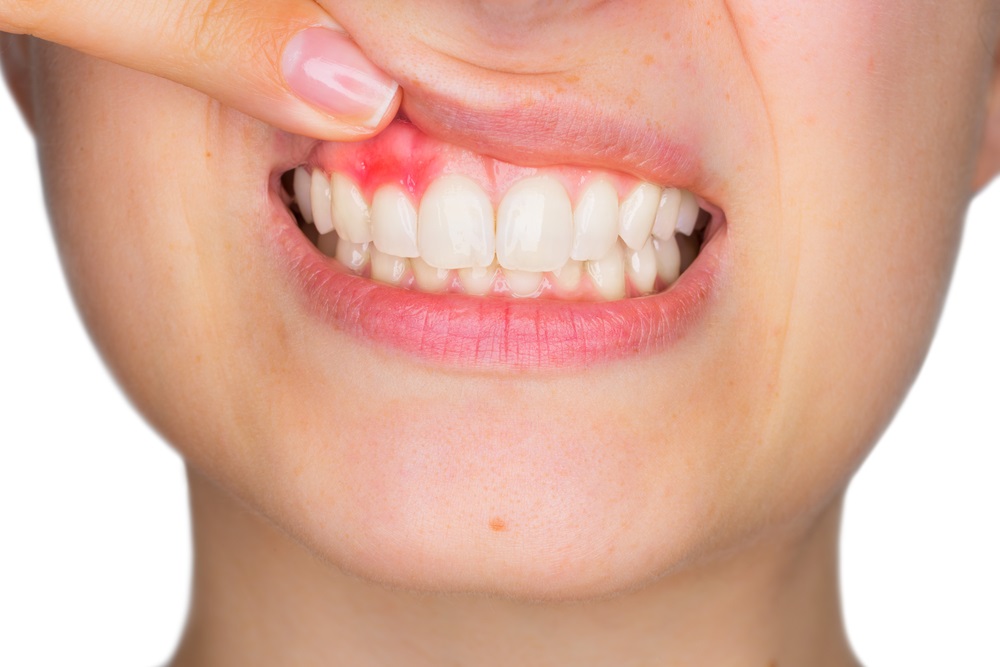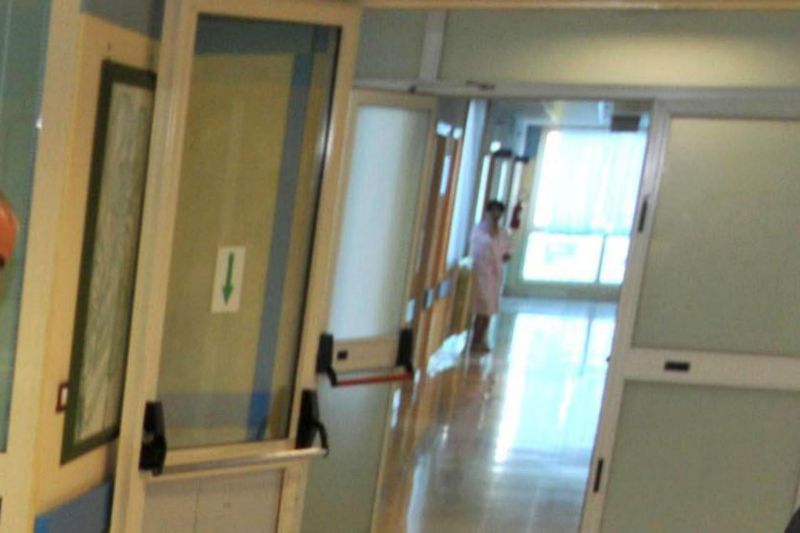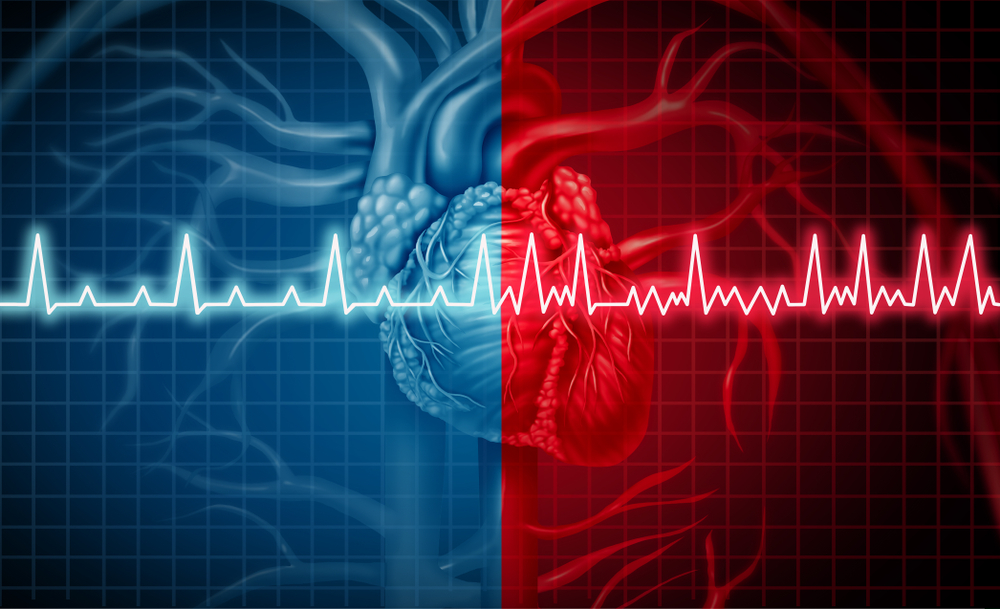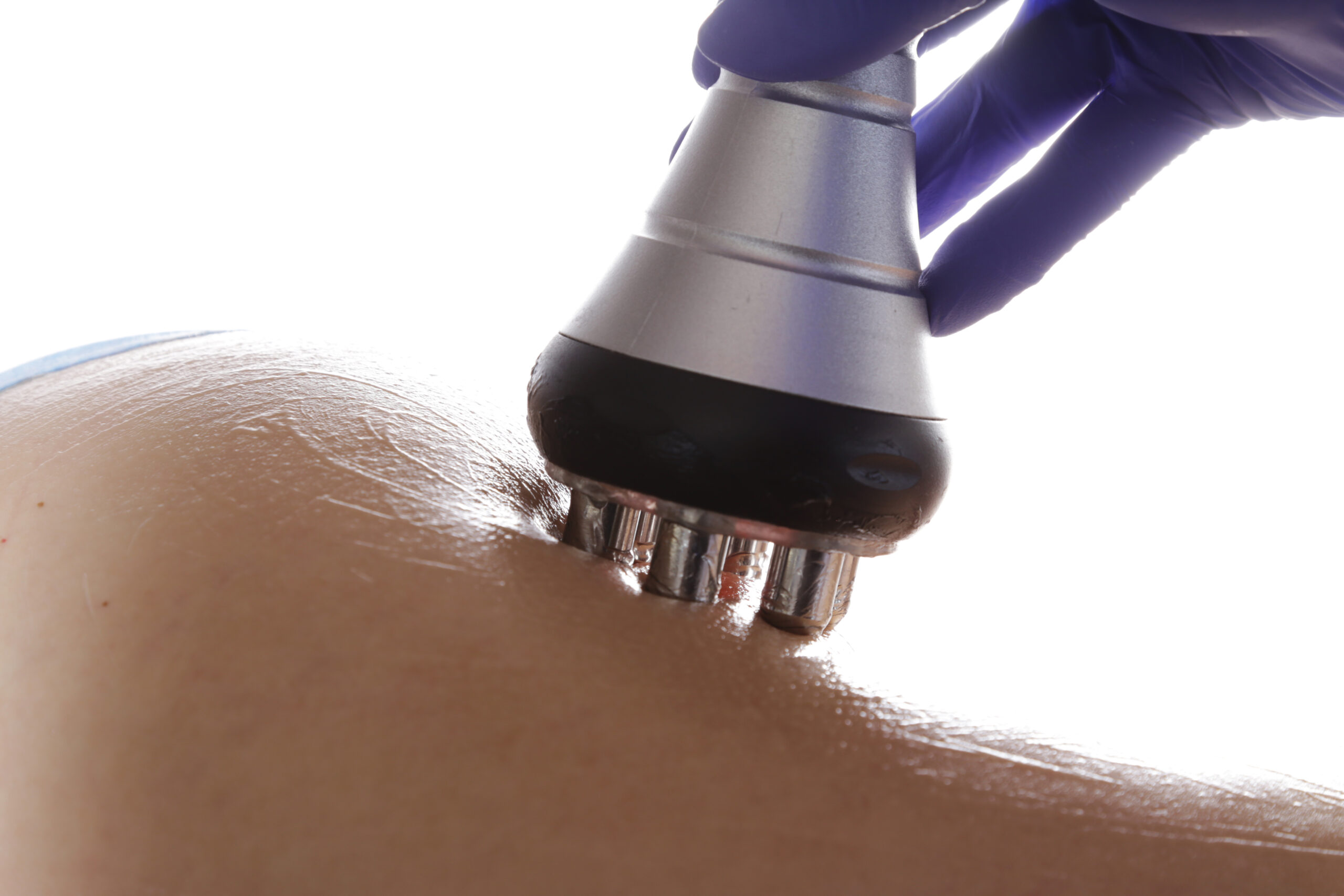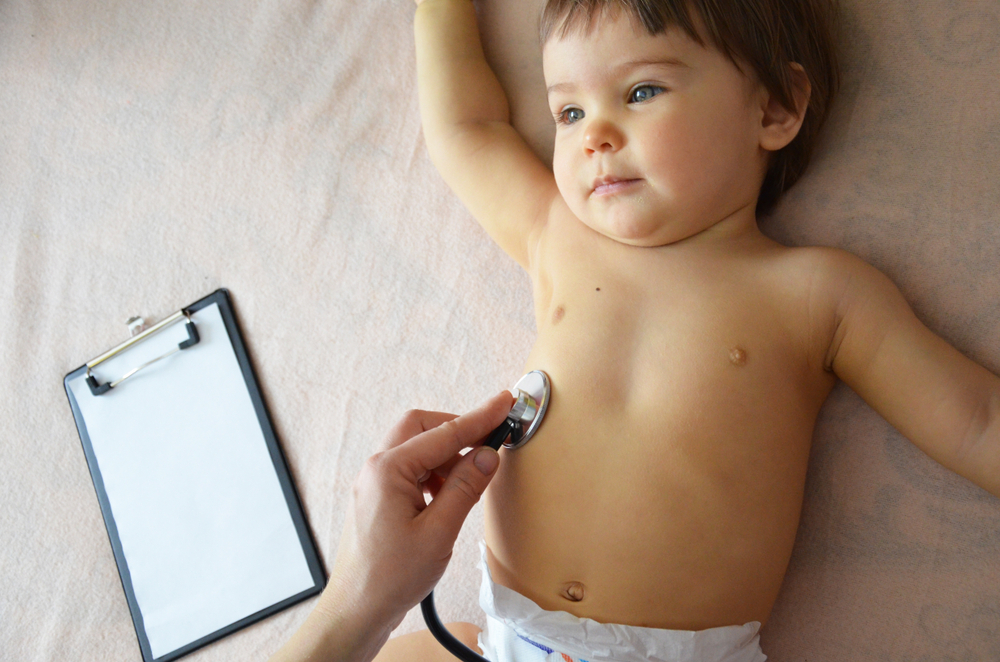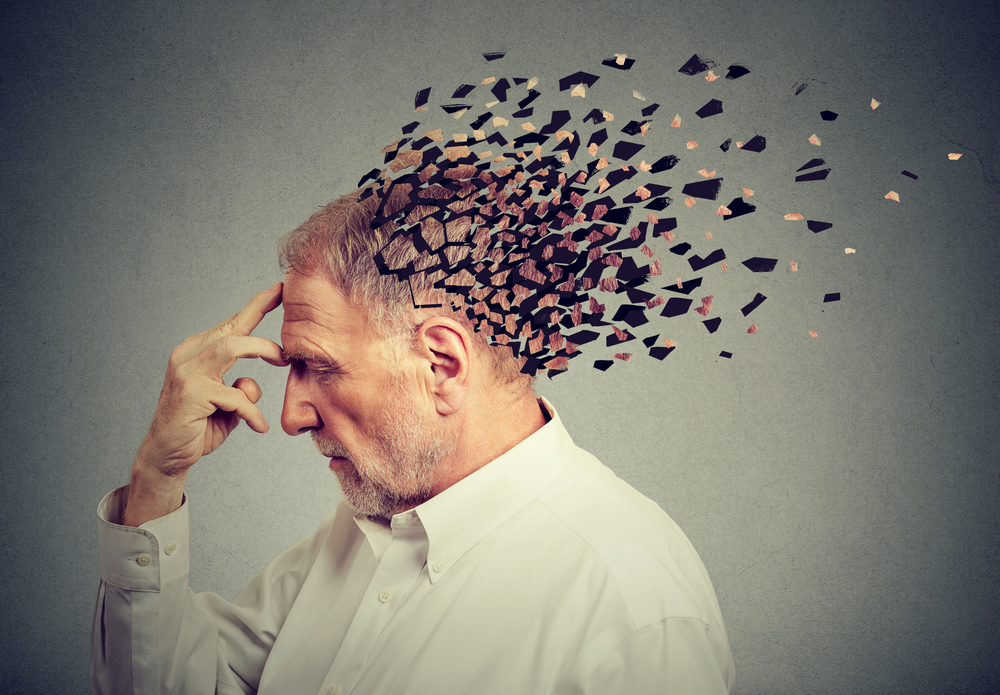Maculopathy is a disease that affects the retina, to be exact its most important part for vision that is the central part, called the macula. This important region of the eye can go through a variety of different processes; but most frequently the macular region is affected by aging processes in the retina and neighboring tissues, which is why it is commonly referred to as Macular Degeneration (DM). DM is bilateral in most cases and generally has a progressive course.
Maculopathy, which usually appears beginning in the sixth decade of life, constitutes one of the most frequent causes of legal blindness in the Western world. In fact, the condition affects 18-20% of the elderly population, with prevalence for the female sex. In industrialized countries it is the leading cause of irreversible loss of central vision after age 55, causing 41 percent of cases of legal blindness according to WHO.
The causes
The causes of maculopathy have not yet been fully proven, but several risk factors have been identified: age over 50, cigarette smoking habit, alcohol abuse, sedentary lifestyle, obesity, high blood pressure, and diet low in antioxidants. A genetic origin is also documented, as familiarity also appears to be a major risk factor, especially if first-degree relatives are affected.
With aging processes, the blood and nutrient supply is reduced, that is, the delicate mechanisms that oversee the nutrition of worn retinal cells are altered. This results in an accumulation of “waste” below the macula of both eyes that alters the function of the cells deputed to vision. The disturbances and decline in visual acuity are a function of the subsequent disappearance (atrophy) of these cells.
Therapy
In the therapy of neovascular-type age-related macular degeneration, i.e., the UMIDA form, the goal is to counteract the formation-or induce the regression-of new vessels and the subsequent reduction of edema and hemorrhage in the macular area. In particular, there are two treatments that have demonstrated real effectiveness:
- Intravitreal injections with anti-VEGF drugs: this therapy takes advantage of the action of drugs that, when injected inside the eyeball, and exactly into the vitreous (that gelatinous substance that fills the eye cavities), interact with the neovascularization process. They are named anti-angiogenic drugs, that is, drugs that inhibit the formation of the abnormal neovases responsible for macular degeneration by binding and promoting the elimination of tissue growth factors that are released into the vitreous by damaged or suffering retinal cells.
- Laser therapy: laser therapy in neovascular macular degeneration uses laser energy directed toward the retinal lesion (neovessus), which causes regression or destruction of the neovessus itself.
Rapid timing in diagnosis and administration of therapy are critical in this condition. InWHO ‘s recommendations to put in place strategies to stop what some are calling an epidemic, it is stressed that the most industrialized countries, whose life expectancy has now exceeded 80 years, are at greatest risk. Macular degeneration predominantly affects the elderly population. And Italy becomes a high-risk country. “That’s why it is indispensable,” argues Lucio Buratto, scientific director of the Ambrosian Ophthalmic Center, “a widespread information action because, as from the demographic survey I had carried out, it transpires that only 10 percent of respondents know what maculopathy is and what serious consequences it entails.



